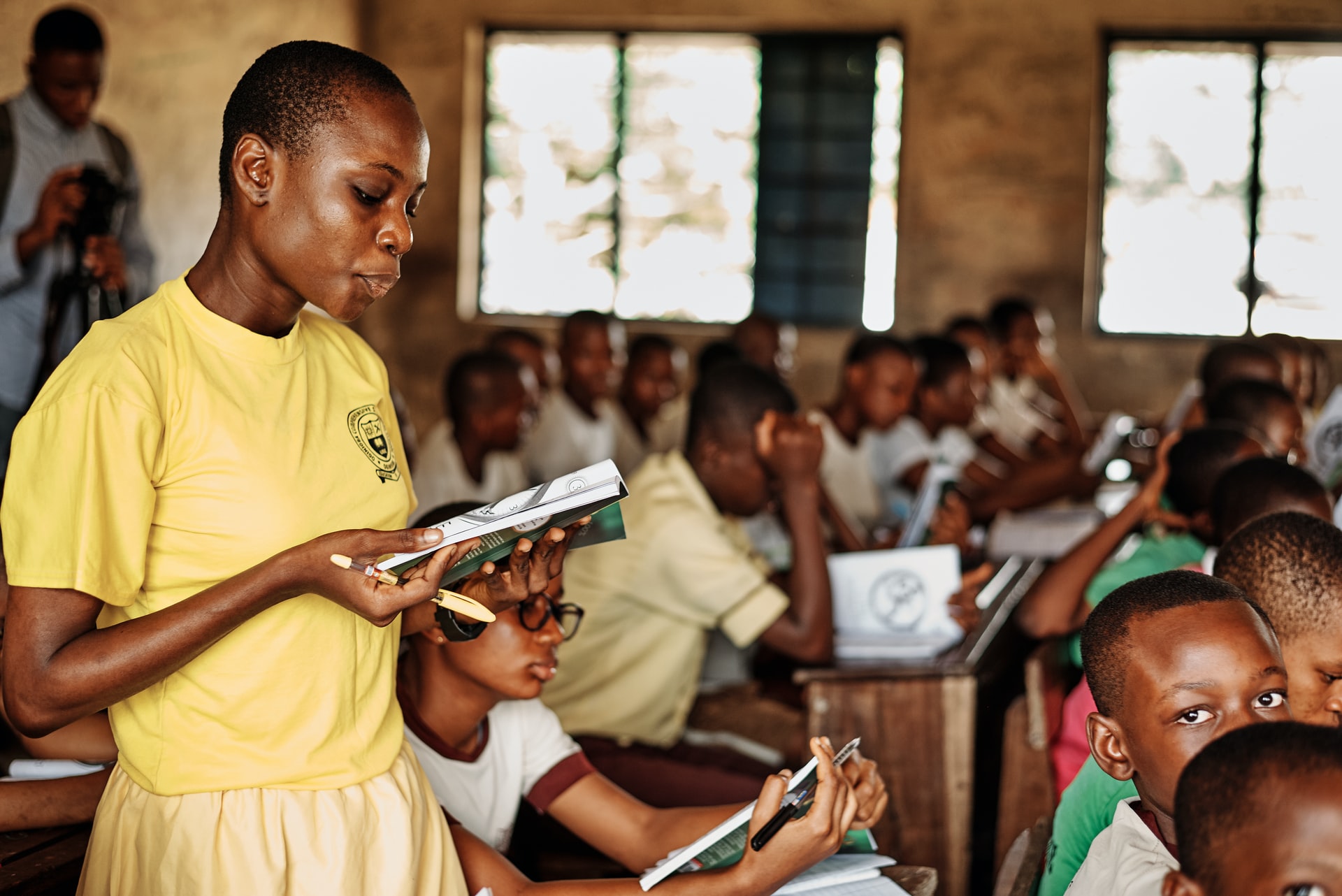People and culture are intrinsically linked, forming a rich tapestry of diversity that defines societies around the world. From language and customs to traditions and beliefs, culture encompasses the shared values and practices that shape the way individuals interact and perceive the world. Each culture is unique, reflecting the collective experiences, histories, and identities of its people. Embracing diversity fosters understanding, empathy, and appreciation for the myriad ways in which humanity expresses itself.
Cultural Identity and Heritage
Cultural identity serves as a cornerstone of individual and collective identity, providing a sense of belonging and connection to one’s roots. Whether through ancestral traditions, religious ceremonies, or familial customs, people draw strength and resilience from their cultural heritage. Celebrating cultural diversity enriches communities and strengthens social bonds, fostering a sense of unity and solidarity among people from different backgrounds.
Language as a Cultural Beacon
Language is a fundamental aspect of culture, serving as a powerful means of communication and expression. Beyond mere words, language encapsulates the nuances, nuances, and intricacies of a culture’s worldview and values. It shapes thought patterns, influences social interactions, and preserves collective memory through storytelling and oral traditions. Multilingualism enriches cultural exchange, enabling individuals to bridge linguistic barriers and connect with people from diverse backgrounds.
Cultural Traditions and Rituals
Cultural traditions and rituals play a vital role in shaping social norms and fostering a sense of community among people. Whether it’s a traditional festival, a religious ceremony, or a customary rite of passage, these rituals provide a sense of continuity and identity across generations. They serve as anchors in a rapidly changing world, grounding individuals in their cultural heritage and providing a sense of belonging and purpose.
Cultural Exchange and Influence
Cultural exchange fuels innovation, creativity, and cross-cultural understanding, driving progress and enrichment in societies worldwide. Through travel, migration, and globalization, people encounter new ideas, perspectives, and ways of life, leading to the exchange of knowledge and the blending of cultures. Cultural influence manifests in various forms, from art and music to fashion and cuisine, shaping the cultural landscape of communities and inspiring new forms of expression.
Challenges and Opportunities
While cultural diversity enriches societies, it also presents challenges related to intercultural communication, cultural sensitivity, and social integration. Misunderstandings, stereotypes, and prejudice can arise when people fail to recognize and respect cultural differences. However, these challenges also present opportunities for growth, learning, and collaboration, as individuals and communities strive to overcome barriers and build bridges of understanding.
Cultural Resilience and Adaptation
Cultural resilience refers to the ability of cultures to withstand external pressures and adapt to changing circumstances while preserving their core values and traditions. In an increasingly interconnected world, cultures evolve and transform in response to global forces such as technology, migration, and environmental change. Yet, the resilience of cultural practices and identities endures, offering a source of strength and continuity in times of uncertainty.
Conclusion: Embracing Cultural Diversity
In conclusion, people and culture are intertwined in a complex web of diversity, identity, and expression. Cultural heritage and traditions shape individuals’ sense of self and belonging, while cultural exchange fosters mutual understanding and appreciation among diverse communities. By embracing cultural diversity, fostering intercultural dialogue, and promoting cultural resilience, societies can build a more inclusive and harmonious world where people of all backgrounds can thrive and flourish.














